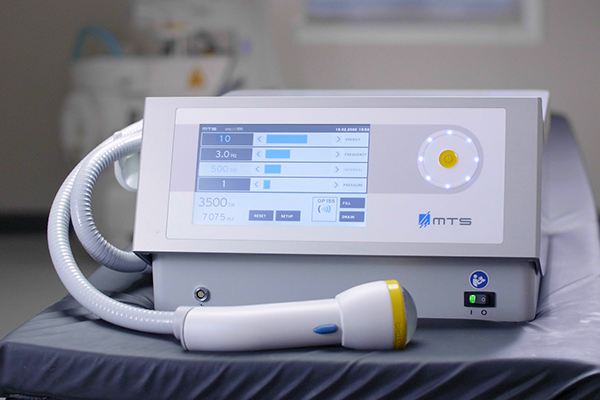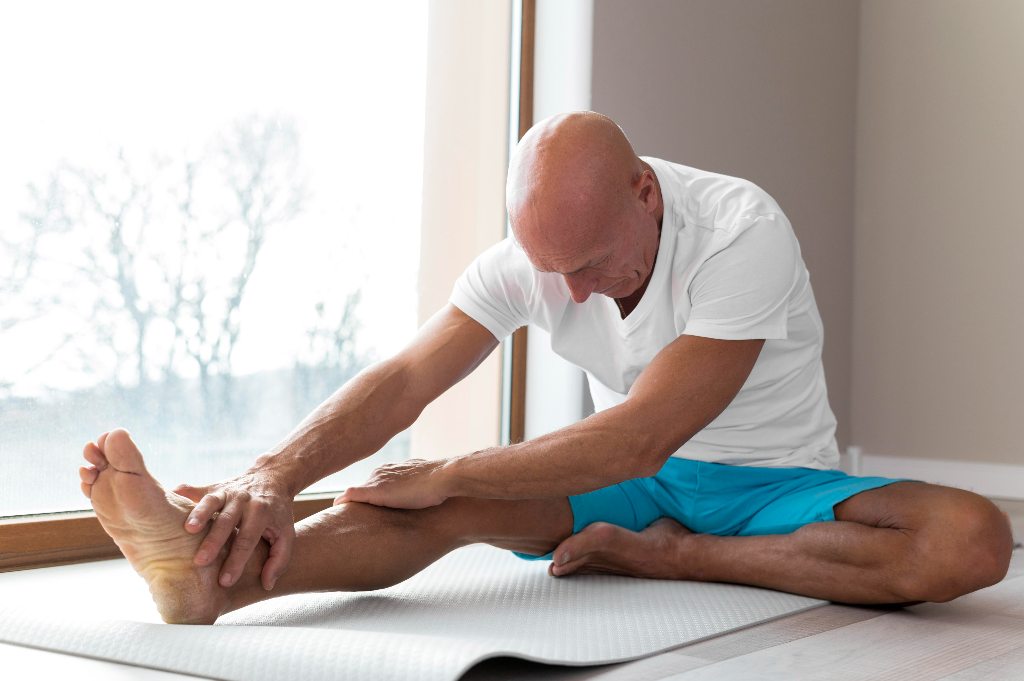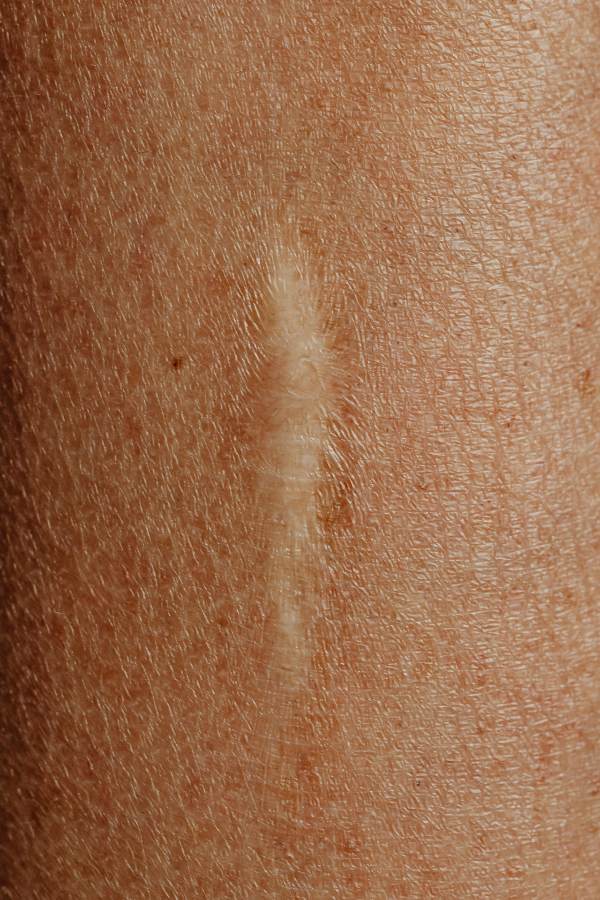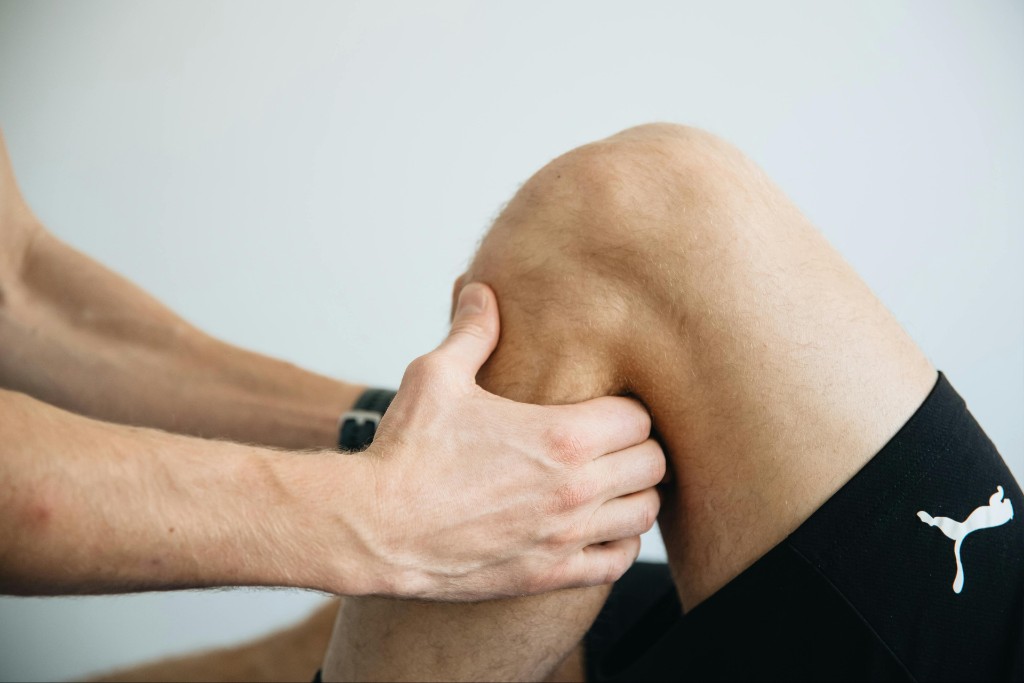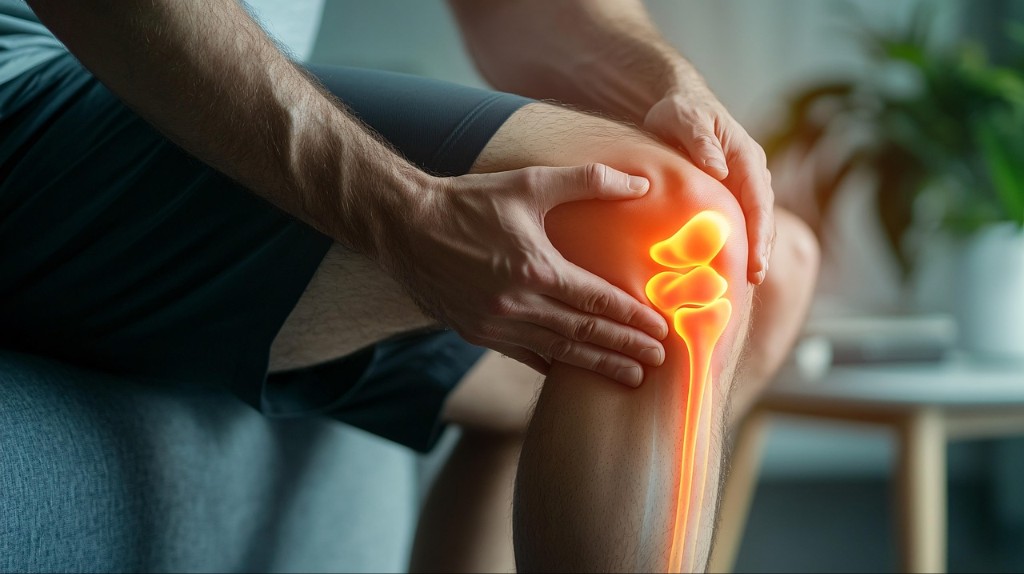In most cases, full recovery takes between 3 to 6 months. Some movement may return in the first few weeks, but rebuilding strength and stability takes more time. The exact timeline depends on which tendon was repaired, your overall health, and how your rehab is structured. Having a general idea of what to expect can make the recovery process feel more manageable—both physically and mentally.
Here’s what you can expect during each stage of healing and what may help support your recovery along the way.
Tendon Healing Stages After Surgery: What to Expect

Healing unfolds in stages that build on one another, each one shaping the next in a steady rhythm. Knowing these phases helps you appreciate the progress you make day by day.
1. Inflammatory Phase (First 0–7 Days After Tendon Surgery)
Right after surgery, blood rushes to the site, bringing immune cells to clear damaged tissue. Expect swelling, mild pain, and redness. These are signs your body is working to start the healing process.
2. Proliferation Phase: Early Tendon Tissue Regrowth (1–6 Weeks)
Next, fibroblasts create new collagen fibers, and blood vessels form to nourish the healing tissue. The new tissue is delicate at first so that controlled movement may begin under guidance
3. Remodeling Phase: Building Tendon Strength (6 Weeks to Several Months)
During this time, collagen fibers gradually align in the direction of stress. The tendon strengthens and becomes more functional. This stage can continue for months, even up to a year, as the tissue matures.
How Long Does Full Tendon Healing Take After Surgery?
Every healing journey is unique, shaped by the severity of the injury and the body’s response. Below are common benchmark timelines to help you understand what many patients experience, though yours may follow a slightly different path.
Minor Strains: 2–3 weeks
For mild tears, basic function can return after just a few weeks, giving hope for a swift recovery. The tendon is still regaining full flexibility and strength even as discomfort fades. Following guided physical therapy early on can help speed up the recovery of motion without causing reinjury.
Partial Tears: 6–12 weeks
During this span, collagen fibers reorganize and the tendon gains more tensile strength. Many patients start light resistance exercises as swelling subsides. Careful progression through rehab helps prevent setbacks and supports more stable recovery.
Full Recovery: 12–16 weeks (up to 6 months)
Around three to four months, most tendons feel much stronger, allowing individuals to perform daily tasks with little or no pain. However, full resilience, especially for athletes or those engaged in physical labor, can take up to six months. Patients who follow a structured rehab plan often see better long-term tendon health.
When Can I Start Moving My Tendon After Surgery?
In the earliest days, immobilizing the area with a splint or brace protects the surgical repair. After the inflammation phase, typically between weeks 3 and 6, gentle, guided, and passive movement usually begins under the guidance of your therapist. This cautious approach encourages proper collagen alignment without risking strain and overwhelming the tissue. Your care team will adjust the plan based on the tendon treated and your individual progress.
What Affects Tendon Healing Time After Surgery?
These are the primary factors that influence the rate of tendon healing, shaping each person’s unique recovery path.
- Type and Location of Tendon: Some tendons, such as the Achilles, receive less natural blood flow, which can slow recovery. Injuries in areas under high stress or low blood circulation take longer to heal and may require more careful rehabilitation planning.
- Age, Health, and Nutrition: Older age, chronic illness, smoking, or low nutrient intake can significantly slow healing. A balanced diet rich in protein and vitamins supports collagen repair and helps compensate for other setbacks.
- Surgical Technique and Rehab Quality: A solid repair with precise stitching and minimal trauma sets the stage for success. Then, a structured rehab protocol, starting with protected motion, helps align fibers and strengthen the tendon, while rushing risks re-injury.
How to Speed Up Tendon Healing After Surgery (Safely)

Here are steps to support your recovery gently and safely, helping your tendon regain strength without setbacks:
- Follow post-operative rehabilitation closely with a physical therapist to ensure each movement supports healing, rather than disrupting it.
- Use slow lowering movements when lifting or stretching to help your tendons rebuild stronger and encourage collagen fibers to align correctly.
- Maintain good nutrition and hydration with plenty of protein, zinc, omega‑3, healthy fats, and vitamin C to support tissue repair and reduce inflammation.
- Use gentle isometric holds before dynamic exercises to reduce pain and prepare the tendon for loading.
- Prioritize rest and avoid overloading the tendon early on to prevent re‑injury or delays in healing.
- Consider therapies that enhance healing, like extracorporeal shockwave therapy (ESWT) to stimulate blood flow, improve movement, modulate inflammation, and help with collagen remodeling.
What is SoftWave Therapy and How Does it Help?
SoftWave Therapy, a modality of shockwave therapy, utilizes patented, broad-focused, low-intensity shockwaves to stimulate blood flow, promote stem cell activation, and support collagen remodeling. It’s FDA-cleared, with studies showing that it enhances tendon healing and modulates inflammation more effectively than standard care. Patients recovering from knee, patellar, or Achilles repair often report quicker pain relief and improved mobility when SoftWave is part of their rehab plan.
SoftWave’s technology is designed to reach deeper and broader tissues without causing trauma, offering a gentle yet effective boost during knee and tendon surgery recovery. For those facing slow healing or persistent pain, SoftWave therapy may help turn progress into real, lasting results.
Discover SoftWave Therapy for Knee Pain and learn how this innovative modality can enhance your recovery process.
The Best Shockwave Therapy for Knee Pain
Are you looking for safe, reliable, and effective relief from knee pain?
SoftWave therapy is FDA-cleared, patented, and nationally recognized for its leading tissue regeneration technology. Unlike other types of high-energy shockwave treatments, SoftWave is the only shockwave therapy on the market that uses true broad-focused shock waves that treat larger and deeper areas of tissue.
Thousands of patients have experienced the benefits of SoftWave for knee pain, including:
- Little to no side effects
- Short treatment time
- Quick recovery
- Long-lasting results
Find a SoftWave Therapy provider near you or learn more about SoftWave and whether or not you’re eligible for full treatment today!
New Patient Special
Try SoftWave for just $69 at a clinic near you and learn if you’re a candidate for full treatment
